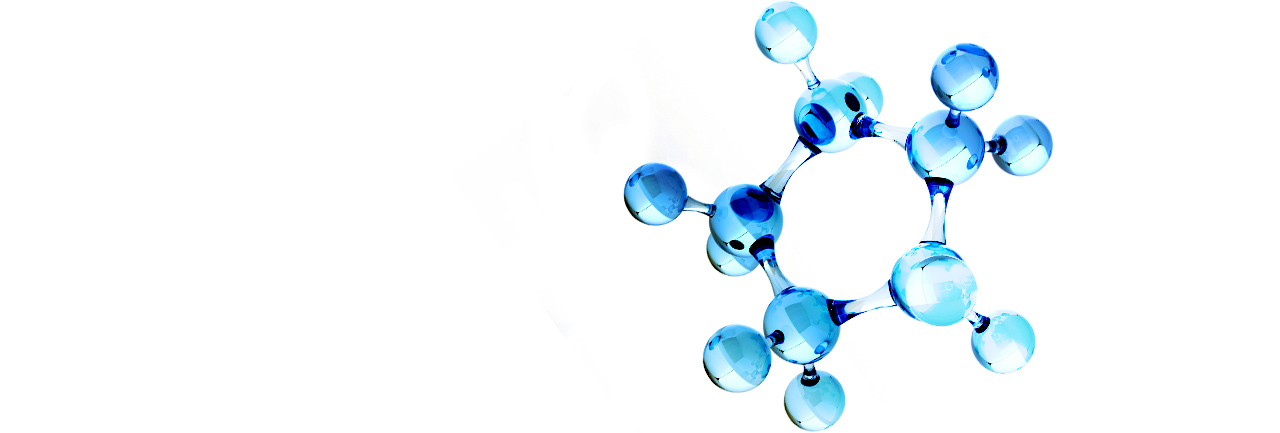Quantitative structure activity relationship (‘QSAR’) modelling is a computational approach (‘in silico’) that analyses, simulates or predicts the toxicity of a chemical on the basis of its chemical structure. QSAR modelling is often used to generate additional information in support of a risk assessment of the chemical in question, to justify an analogue in the context of analogue-based read-across justification or contribute in an R&D context to the design of lower toxicity molecules. The increased interest and acceptance of QSAR modelling for regulatory data submission and chemicals evaluation is driving the adoption for its uses for regulatory purposes.
ToxMinds has substantial experience in using QSAR modelling in support of chemical safety evaluations or risk assessments of industrial chemicals, food contact materials, cosmetic ingredients or impurities present in pharmaceuticals. We have further an excellent track record for the successful submission of SAR-supported read-across justifications under the REACH regulation.
We understand the strengths and limitations and routinely utilise in combination a range of publicly available and commercial QSAR tools in the context of structure activity prediction but also analogue identification and justification.
Our QSAR modelling skills are typically used in context of our overall chemical and product safety services. More specifically, QSAR modelling is being used in the following areas:
- QSAR-based (eco)toxicological hazard profiling and/or metabolism prediction
- Publicly available tools: OECD toolbox, Toxtree, Ambit, ChemMine, SmartCyp, EPIWIN, FAME
- Commercial tools: DEREK NexusTM, SARAH NexusTM, METEOR NexusTM (provided by Lhasa Ltd.)
- Quantitative prediction of physico-chemical properties
- Identification of analogues for read-across purposes
- Chemical and biological similarity assessments
- Guideline compliant read-across justification for (eco)toxicology endpoints and analogue based derivation of safe exposure levels (e.g., DNELs under REACH, SEL for Cosmetics, PDE for Pharma)
- Predictions of endocrine activity
- Toxicity assessment of manufacturing impurities, extractables & leachables
- Mutagenicity assessment for impurities in pharmaceutical products (ICH M7 guideline)
- Identification of low toxicity molecules and lead candidate selection in comparative toxicity screens
- Feasibility screening of new technologies and R&D developments




